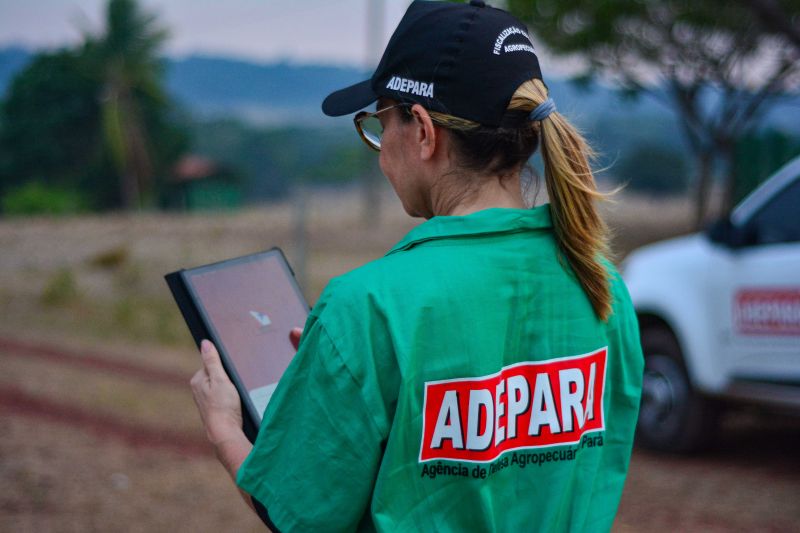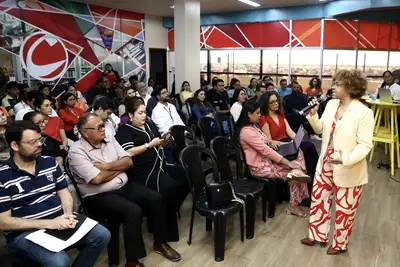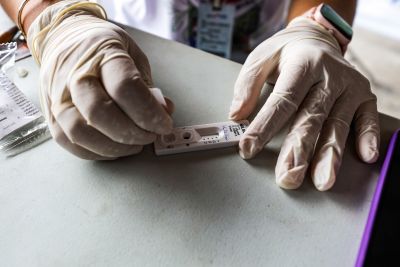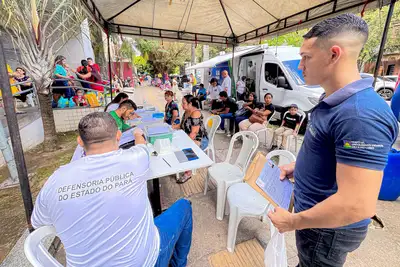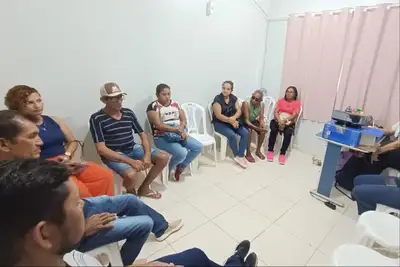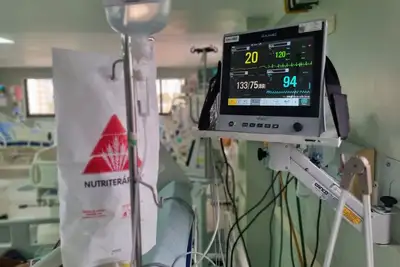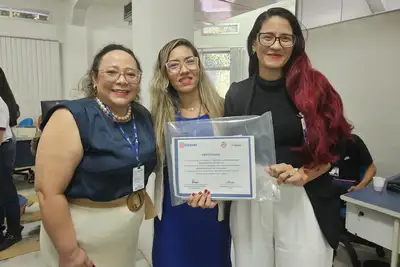Pará Completes One Year as Foot-and-Mouth Disease Free Area and Livestock Reaches New Markets
With stricter sanitary protocols, the sector is experiencing an expansion of the production chain, generating jobs and income for the people of Pará.
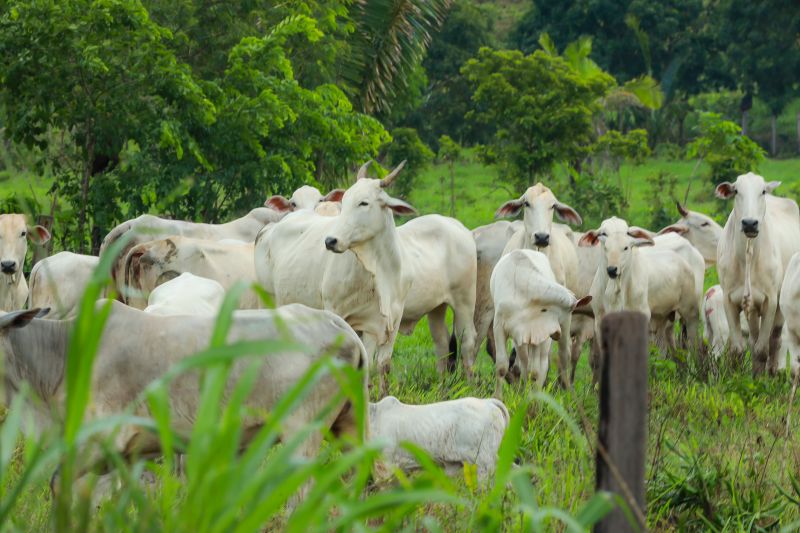
One year ago, the Government of Pará conducted the last vaccination of cattle against foot-and-mouth disease. The event, in April 2024, marked the end of a cycle for the livestock sector in the state territory. Marabá was the municipality chosen to symbolize this closure, having been a pioneer in immunizations in 2007, with one of the largest herds and a key player in regional livestock.
With the recognition of a foot-and-mouth disease free area without vaccination, the Pará Agricultural Defense Agency (Adepará) began the process of replacing the vaccine with risk-based surveillance. Actions such as clinical inspection of animals susceptible to foot-and-mouth disease, mapping of properties, and regular inspections of properties were intensified. Important measures to maintain herd health and ensure, for example, the export of live cattle, of which Pará is the largest producer.
“Without a doubt, we have made progress. Today we have a robust Defense Service from a technical, administrative, and operational standpoint with a trained technical team to act in this new reality of expanding the market for beef. With the free zone, we can conquer more demanding markets like Japan, Canada, and the Philippines. We have specialized plants that cater to Muslim countries and a strong export of live cattle to the East,” emphasizes Jamir Macedo, general director of Adepará.
Sustainable Productivity
The removal of the foot-and-mouth disease vaccine imposes a more sustainable production model. With the end of immunization, producers need to be more attentive to the health of the animals and report to Adepará any suspicion of symptoms suggestive of vesicular disease in the animals, such as fever, excessive salivation, sores in the mouth, difficulty eating, limping or walking with difficulty, and lesions on the legs.
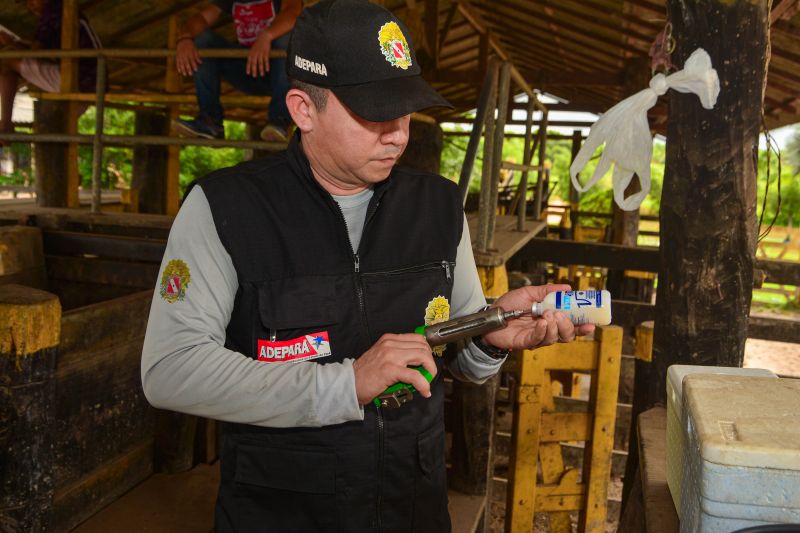
After the removal of the vaccine, the State Veterinary Service continues to operate strongly to meet more demanding sanitary protocols. The preparation of the teams is done by the State Management of Surveillance for Foot-and-Mouth Disease, Vesicular Diseases, and Risk Analysis (GEVFAR) in conjunction with the Management of Epidemiology, Animal Health Emergency, and the Ministry of Agriculture and Livestock (Mapa).
“The opening of the market for Morocco, for example, requires the presentation of negative tests for foot-and-mouth disease for the animals that will be slaughtered in the country. Therefore, the need to standardize the steps for responding to notifications of suspected vesicular disease,” explains agricultural inspector Audileia Teixeira.
Adoption of Standard Veterinary Procedures
In pre-shipment establishments (EPEs), the work of the teams has been reinforced. In addition to training for the technical staff of ADEPARÁ, aimed at acting in suspected cases of vesicular disease, a meeting was also held with the participation of Mapa and Adepará, to standardize technical procedures with veterinarians acting as Technical Responsible in these locations, where animals are quarantined before export.
“The concern of the Official Veterinary Service is to detect the disease early, should it be introduced into the target population (cattle, buffalo, pigs, sheep, and goats) and demonstrate the absence of the disease. We are training the technical staff to ensure proper response to notifications of suspected vesicular disease and take necessary measures to rule out foot-and-mouth disease or continue with the epidemiological investigation,” emphasizes Glaucy Carreira, agricultural inspector and manager of surveillance for foot-and-mouth disease.
The health of the herd is a core activity of Adepará, and the preparation of the technical staff aims precisely at the correct response to notifications of suspected vesicular disease in rural establishments.
With the new sanitary status and the future international recognition of being free of foot-and-mouth disease without vaccination, Adepará is standardizing actions. For example, agricultural inspectors conduct a general inspection of the herd, clinical inspection, and must be prepared for the identification and packaging of biological material samples for laboratory diagnosis. They must also be capable of filling in information regarding the responses in the Brazilian System of Veterinary Surveillance and Emergencies (e-SISBRAVET).
“The training is useful both for standardizing response procedures and for preparing veterinarians for a sanitary emergency because these procedures executed in EPEs are procedures they must also perform during the response to a probable case of disease. They are being trained and prepared to act in these cases,” says agricultural inspector and epidemiology manager Samyra Albuquerque.
Currently, there are 19 Pre-Shipment Establishments for live cattle in Pará. The state accounts for 51.9% of live animal exports in Brazil, followed by Rio Grande do Sul (27.5%) and São Paulo (9.2%).
International Market
China is the largest importer of Pará beef, and with the qualification of 4 more slaughterhouses, Pará is expected to reach new international markets. According to the export information bulletin from the State Secretariat for Development and Fisheries (Sedap), beef is the main exported product (94.08%) in the meat group, followed by beef offal (4.07%) and other meats (1.78%).
In 2024, 76 countries purchased livestock products from Pará. China imported US$ 509.18 million (67.85%), Israel (9.72%), Hong Kong (5.92%), United Arab Emirates (3.19%), and Singapore (1.13%).
In 2024, live cattle were the main contributors to the 113.90% growth in exports of the live animal group (excluding fish), reaching US$ 492.46 million and representing 13.85% of Pará's agribusiness exports. This result demonstrates the importance of livestock for the state's economy.
Exported to 8 different countries, the main destination for live cattle was Iraq, which acquired US$ 233.05 million (47.32% of the total agro-export). Egypt, Lebanon, Morocco, and Jordan also had a significant share of exports of this Pará product.
Pará has the second largest cattle herd in Brazil
Pará has the second largest herd in the country, with 26 million cattle, and a vaccination coverage above 98%. The state livestock was recognized with the new sanitary status through ordinance No. 665/2024 from the Ministry of Agriculture and Livestock (Mapa). The state went for a year without vaccinating and for the same period without receiving vaccinated animals, in order to achieve the international status of foot-and-mouth disease free without vaccination, which is expected to occur in May 2025 in the World Organization for Animal Health (OIE) application.
Text by Rosa Cardoso / Ascom Adepará


